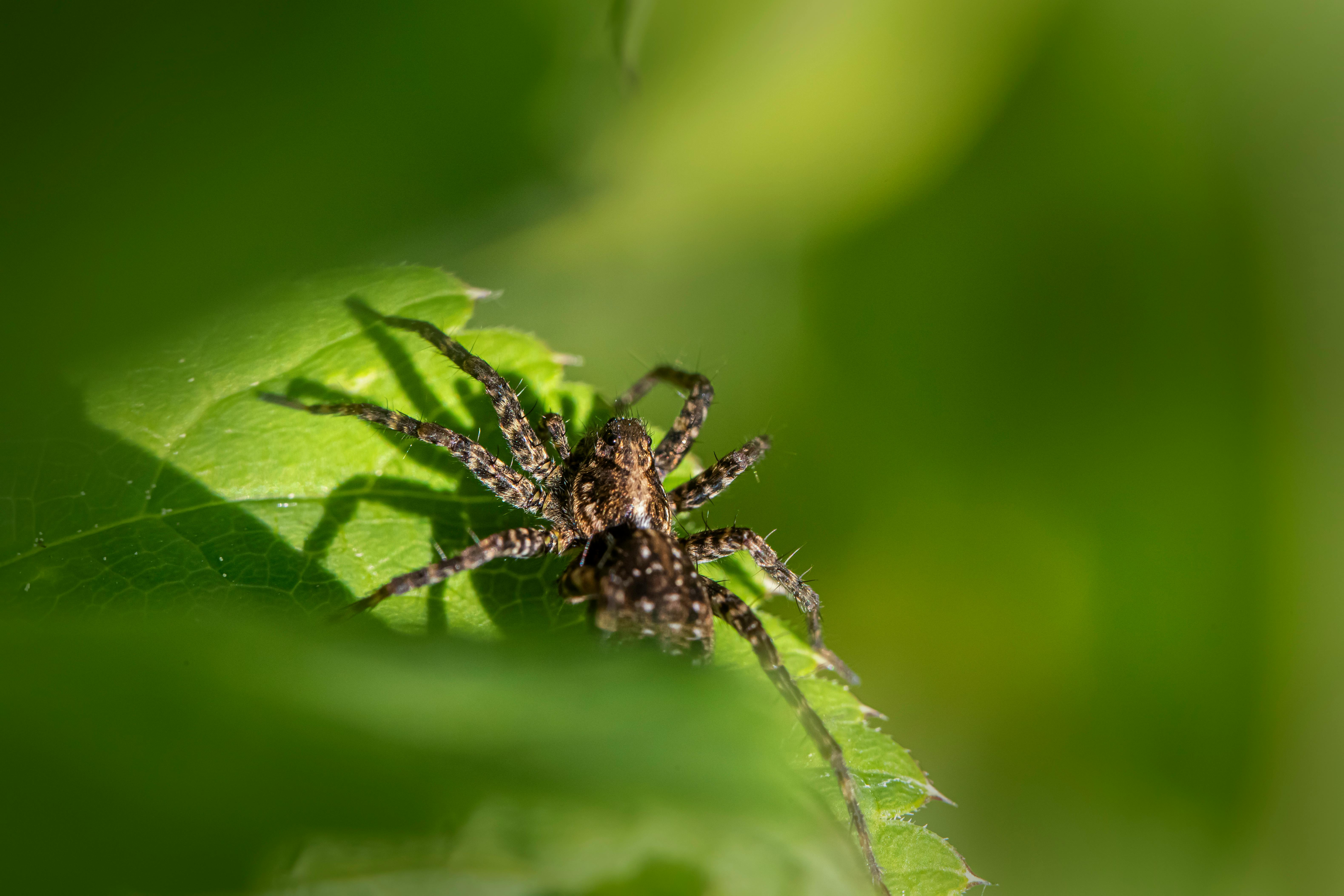Effective Ways to Care for Orange Betta Fish in 2025

Essential Guide to Caring for Orange Betta Fish
Orange betta fish, with their vibrant colors and captivating behaviors, have become increasingly popular among fish enthusiasts. In 2025, understanding how to properly care for these stunning aquatic pets is crucial for ensuring their health and happiness. This guide will explore effective methods of betta fish care, focusing on essential factors such as their habitat, nutrition, and overall health.
The benefits of having an orange betta fish as a pet extend beyond their striking appearance. They are known for their unique personalities and can bring joy and relaxation to any aquarium setting. By following the information in this article, pet owners can create an ideal environment that meets the needs of these beautiful fish.
In the following sections, we will delve into the specifics of betta fish care, including tank setup, feeding habits, water quality, and common diseases. Our goal is to equip you with the knowledge needed for successful betta fish ownership and maintenance.
Key takeaways from this guide will include specific care tips, recommended tank setups, and insights into betta fish behavior. Let's get started!
Creating the Perfect Habitat for Your Betta Fish
When caring for orange betta fish, the first step is to establish a suitable habitat. A well-setup tank not only enhances the aesthetic appeal but also promotes your betta fish's health and well-being.
Betta Fish Tank Size Requirements
The ideal aquarium size for betta fish is at least 5 gallons. This provides ample swimming space and allows for better water quality management. Smaller tanks, like bowls, can lead to rapid fluctuations in temperature and foul water conditions, which can stress bettas significantly.
Essential Betta Fish Tank Setup Components
In setting up a betta fish tank, consider incorporating plants, hiding spots, and soft substrates. Live plants like Java fern and Anubias not only filter the water but also mimic a natural environment. Decorations must be smooth-edged, as bettas can injure themselves on sharp objects.
Water Quality and Filtration
Maintaining optimal water quality is essential for your betta fish's health. A reliable filtration system is beneficial for keeping the tank clean, but ensure that the water flow is not too strong, as bettas prefer calm waters. Regular water changes, testing for ammonia and nitrite levels, and monitoring pH (ideal range: 6.5 to 7.5) will help keep your betta healthy.
With a suitable habitat established, let's explore the importance of proper nutrition for your orange betta fish.
Understanding Betta Fish Feeding Habits
Feeding your orange betta fish a well-balanced diet plays a critical role in their overall health. Understanding their dietary needs and feeding habits is vital for maintaining vibrant coloration and energy levels.
Choosing the Right Betta Fish Food
Betta fish thrive on a diet primarily consisting of high-quality pellets and freeze-dried or frozen foods. Look for nutrition-rich pellets formulated specifically for bettas, as they contain essential proteins and nutrients. Occasionally incorporating small amounts of bloodworms and brine shrimp provides variety and enhances their color vibrancy.
Feeding Frequency and Portion Control
Adult bettas should be fed once a day, with portions sufficient to eat within 2-3 minutes. Overfeeding can lead to health issues, such as obesity and poor water quality. It's beneficial to have a feeding schedule that can be adjusted slightly based on the betta's behavior and appetite.
Signs of Betta Fish Stress Related to Feeding
Monitoring for signs of stress, such as refusal to eat or sudden changes in behavior, is crucial. If you observe your betta hiding or displaying a change in coloration, it may be a sign of water quality issues or stress. Addressing these concerns promptly ensures a happy and healthy betta.
With proper nutrition covered, let's dive into the specifics of betta fish health and common ailments.
Monitoring Betta Fish Health and Common Diseases
Understanding betta fish health is a critical aspect of responsible pet ownership. Regular observation and awareness of potential health issues can lead to early diagnosis and treatment.
Common Betta Fish Diseases and Symptoms
Some of the most common diseases affecting betta fish include fin rot, ich, and velvet disease. Signs include white spots, frayed fins, and changes in color. Regular inspection of your betta and maintaining a clean tank environment can prevent many health issues.
Betta Fish Health Checklist
- Observe color vibrancy for changes.
- Check for clear eyes and fins.
- Monitor swimming behavior for signs of lethargy or distress.
- Maintain proper water conditions.
Treating Common Betta Fish Illnesses
If you notice any health issues, it’s important to act quickly. Isolate the affected betta in a hospital tank, observe symptoms, and adjust water parameters as needed. Medications are available for specific diseases, and consulting with a veterinarian can provide tailored treatment options.
Now that we have discussed health monitoring, let’s take a closer look at betta fish breeding and their lifecycle.
Navigating Betta Fish Breeding Techniques
Breeding orange betta fish can be an exciting venture but requires knowledge and preparation. Understanding the breeding process, including tank setup and fry care, is essential for success.
Setting Up for Betta Fish Breeding
When preparing to breed, ensure you have a separate breeding tank with a capacity of at least 10 gallons. The tank should be conditioned with plants and hiding places. Maintain a water temperature of 78-80°F and a pH level of 6.5-7.5 to create a suitable environment for breeding.
The Betta Fish Spawning Process
Observation is critical during the spawning process. Betta fish exhibit unique behaviors, such as building bubble nests and displaying courtship rituals. After the female lays eggs, the male will care for the eggs, making it important to remove the female after spawning to prevent aggression.
Caring for Betta Fry Post-Spawning
Once the fry hatch, they require special care. Feed them infusoria or baby brine shrimp until they are large enough for powdered food. Monitor water quality closely during this time, as young bettas are more susceptible to changes.
Having reviewed the breeding process, let’s address the social aspects and tank mates for your betta fish.

Choosing the Right Tank Mates for Your Betta Fish
Betta fish can be territorial, especially males, making tank mates a crucial consideration in their care. Understanding compatibility will ensure a more peaceful community aquarium.
Best Tank Mates for Orange Betta Fish
Choosing compatible species, such as shrimps, snails, or small tetras, can create a vibrant community tank. Avoid aggressive fish that may provoke stress or territorial behavior in bettas. Always introduce new tank mates gradually.
Signs of Betta Fish Aggression and Stress
Watch for signs of stress or aggression, including fin flaring, chasing, or hiding. If aggression escalates, it may be necessary to separate incompatible tank mates to ensure the betta's well-being.
Creating a Balanced Community Tank
In a community tank, ensure there is ample space and hiding spots for all fish. A well-planned setup reduces stress levels and encourages healthy social behavior among aquatic friends.
Having discussed tank mates, let's look at tips for maintaining betta fish cleanliness and hygiene.
Best Practices for Betta Fish Tank Maintenance
Routine maintenance is critical for the health of orange betta fish. A clean environment prevents diseases and enhances overall well-being.
Establishing a Cleaning Schedule
Implementing regular water changes, cleaning the substrate, and checking filter systems is essential. Aim for partial water changes of 20-30% weekly to maintain good water quality.
Testing Water Conditions
Regularly test water parameters, including ammonia, nitrite, nitrate levels, and pH balance. Keeping a log of these measurements can help track fluctuations and assist in identifying potential health issues.
Betta Fish Accessories for Health and Well-Being
Consider incorporating accessories like a high-quality filter, heater, and plants that promote both health and aesthetics. These improvements assist in maintaining a stable habitat, crucial for a thriving betta fish.

Q&A Section: Common Concerns About Betta Fish Care
What is the ideal water temperature for orange betta fish?
The ideal water temperature ranges from 78°F to 80°F for orange betta fish. Maintaining this range is critical for their metabolism and overall health.
How can you tell if a betta fish is stressed?
Signs of stress in betta fish include color fading, erratic swimming patterns, and hiding. Regular observation allows for early intervention when needed.
What food is best for orange betta fish?
High-quality betta pellets are preferable, supplemented with freeze-dried or frozen foods like bloodworms. A varied diet supports health and vibrant coloration.
How long do betta fish typically live?
Betta fish usually have a lifespan of 3-5 years, but with proper care, some have been known to live up to 7 years. This emphasizes the importance of good care practices.
What are the signs of illness in betta fish?
Every betta owner should be aware of symptoms indicating illness, such as clamped fins, lethargy, and changes in appetite. Early detection is key to successful treatment.
By understanding the nuances of orange betta fish care, owners can enjoy a fulfilling experience with their aquatic companions.